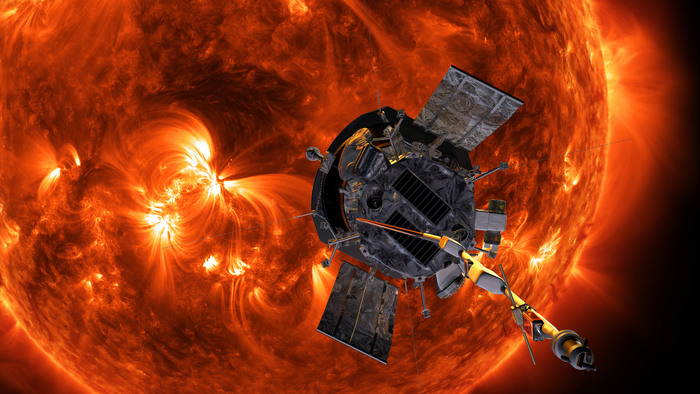Flying in the heart of the solar wind, almost 8.4 million kilometers from the surface of our star, NASA's Parker space probe has managed to unveil the origin of this phenomenon, solving a mystery that has engaged researchers for several years: according to the study published in the journal Nature and led by the University of California at Berkeley, The culprits are the so-called 'coronal holes', areas where the solar corona is temporarily darker and colder than the surrounding ones. Understanding the mechanisms behind the solar wind will help predict the dangerous magnetic storms that hit Earth, which generate spectacular polar auroras but can also cause serious damage to satellites and the power grid.
In coronal holes, the Sun's magnetic field lines emerge from the surface and expand outwards. During the quiet periods of our star, these holes are mostly located at the poles, while in those of greater activity, which are repeated every 11 years or so, coronal holes open up over the entire surface, producing gusts of solar wind that point directly towards the Earth. Right now, the Sun is close to its peak activity, which could come as early as 2024.
According to the data collected by the researchers, led by Stuart Bale, coronal holes have a structure similar to shower heads, with jets spaced more or less uniformly that emerge from points (extended even 29 thousand kilometers) where the magnetic field lines enter and exit the solar surface: when opposite magnetic fields meet, These break down and reconnect, generating a stream of charged particles that form the solar wind. The authors of the study hope to confirm the results when the Parker probe gets closer to the Sun, at a distance of about 6.5 million kilometers.

